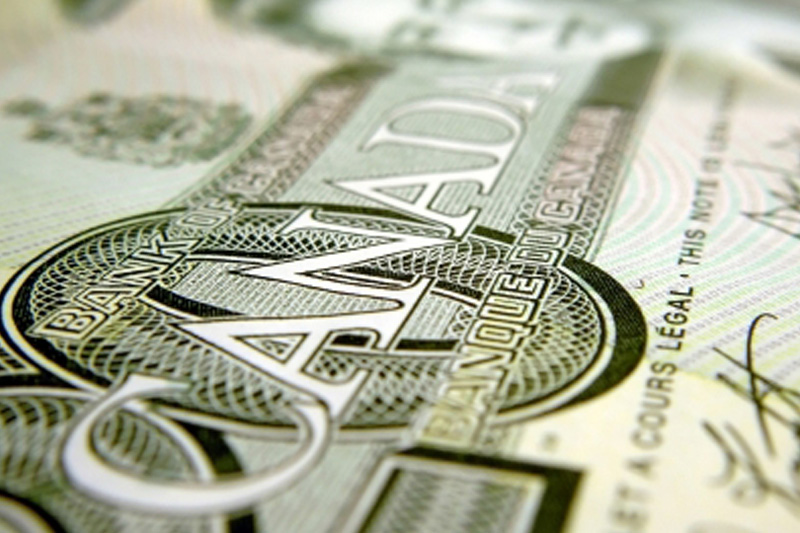Investing.com - The U.S. dollar edged up against its Canadian counterpart on Tuesday, approaching a more than five-year high as demand for the safe-haven greenback remained supported by growing euro zone concerns and dropping oil prices.
USD/CAD hit 1.1785 during early U.S. trade, the session high; the pair subsequently consolidated at 1.1782, adding 0.17%.
The pair was likely to find support at 1.1596, the low of January 2 and resistance at 1.1951.
Investors remained cautious amid ongoing uncertainty over Greece’s future in the euro zone if far-left anti-austerity party Syriza won elections due to be held later this month.
The commodity-linked Canadian dollar was also pressured by an ongoing rout in global oil prices. Crude oil futures were down over 2% in early U.S. trading hours.
Data showing that Canadian raw materials price inflation fell more-than-expected in November did nothing to help the loonie.
Raw materials prices dropped 5.8% in November, compared to expectations for a 5.0% decline, after a 4.3% slide in October, Statistics Canada reported on Tuesday.
Meanwhile, demand for the greenback continued to be underpinned by the diverging policy outlook between the Federal Reserve and central banks in Europe and Japan.
The Fed is widely expected to raise interest rates in the coming year as the steady economic recovery in the U.S. continues.
The loonie was higher against the euro, with EUR/CAD slipping 0.14% to 1.4015.
The euro weakened broadly after the Markit composite purchasing managers' index, which measures activity in the manufacturing and services sectors in the euro area, was revised down to 51.4 in December from the preliminary estimate of 51.7.
The figure was still higher than November’s reading of 51.1.
The weak data added to pressure on the European Central Bank to implement quantitative easing measures ahead of its upcoming meeting on January 22.
